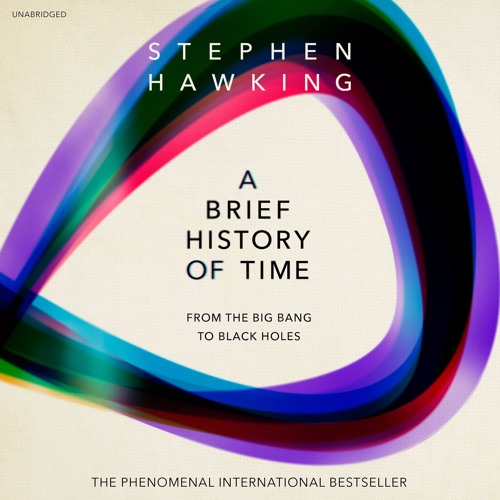

|a ix, 223 pages : |b illustrations |c 24 cm |a A brief history of time / |c Stephen Hawking. |a HFU |b eng |e rda |c HFU |d OCLCQ |d OCLCO |d OCLCA |d OCP |d TEU |d WSD |d OCLCO |d RCJ |d OCLCQ |d OVY |d OD9 |d OCLCO |d IEW |d OCLCO |d T3B |d K6U |d OCLCO |d HQX |d OCLCO |d UO5 |d OCLCO |d OCLCQ |d OCLCA |d E3V This story today is a true reflection of what we strive to achieve at STEMonstersĭisclaimer – The views and recommendations expressed are absolutely personal and we have no affiliation to any of the publishers or authors.|a (OCoLC)1005987912 |z (OCoLC)1031029435 Let’s, as parents, encourage free, wild, unbounded thinking in our kids without weighing them down with our perceptions of what’s needed for the future.

The fact that a 4th grader is able to realize that there is a paradox with the concept of time travel is, in my opinion, the ultimate flight of imagination. This is one of the most well-known time travel paradoxes (called Causal Loop) of all times! Its explained very well in Stephen Hawking’s book – “Brief History of Time”. So, now the future would actually be our past! And then, we could do things to change our future!” Imagine that we crack time travel at some point in the future (the big dot on the right end of the line), and then we decide to go to the past. This is what the sketch is (in her words) – “We have the past (Galileo Galilli), present (Stephen Hawking) and the future (someone :)). This was during our little lunchtime talk about time travel possibilities and my little monster drew a sketch and started explaining the time travel paradox! I must admit its definitely influenced by the Doctor Who series that she has been watching lately But then, some of the best technologies of today were sci-fi of yesterday! Felt compelled to share this today due to the sheer depth of the question and to exemplify how much young minds can imagine with some guidance…


 0 kommentar(er)
0 kommentar(er)
